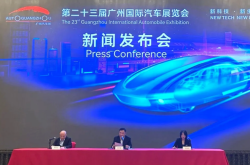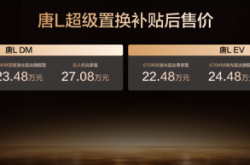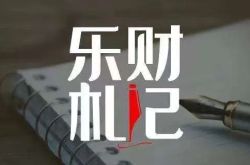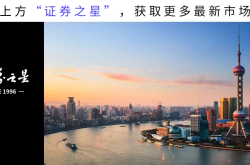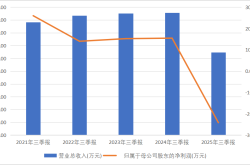New Rules Unveiled for Government Vehicle Purchases! 30% Quota for New Energy Vehicles Takes Effect
![]() 11/21 2025
11/21 2025
![]() 357
357
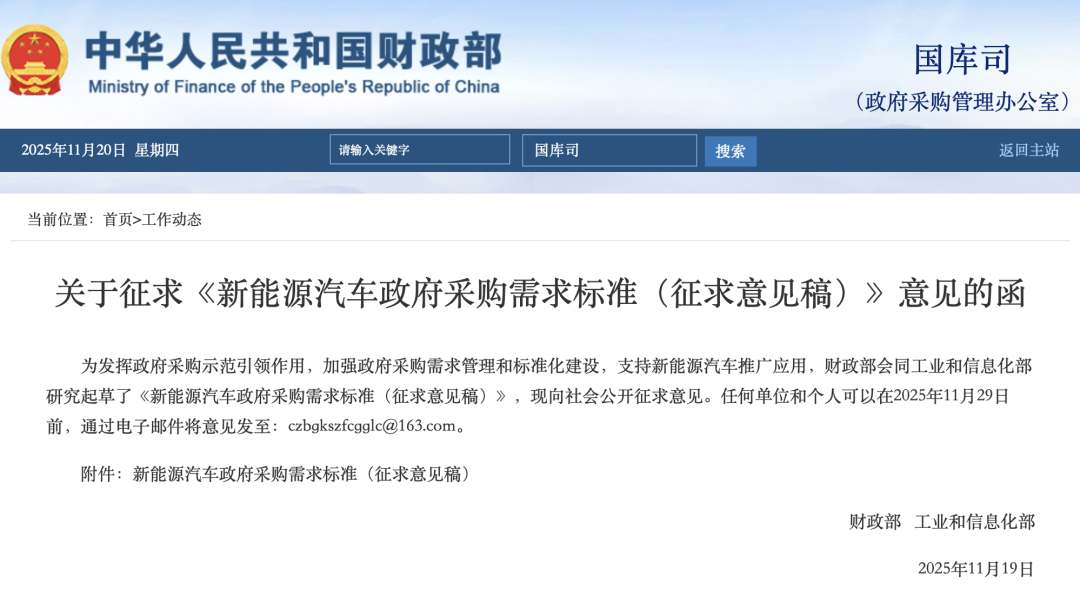
On November 20, the Ministry of Finance and the Ministry of Industry and Information Technology jointly posted the 'Draft Government Procurement Demand Standards for New Energy Vehicles (for Public Comment)' on their official websites, inviting feedback from the public. This specialized set of guidelines outlines the core principles and operational requirements for government agencies when procuring new energy vehicles. It reaffirms that, in principle, the proportion of new energy vehicles in annual official vehicle procurement should not be less than 30%. Additionally, it mandates a 100% procurement rate for new energy models in fixed scenarios, such as confidential communications vehicles. This move provides a clear roadmap for the green transformation of official vehicles and offers stable market expectations for the new energy vehicle sector.
The most significant aspect of the released draft for public comment is its dual emphasis on 'fairness' and 'standardization'. Regarding fair competition, the document explicitly states that when setting supplier qualifications, technical parameters, and commercial terms, procurers must not impose unreasonable differential or discriminatory treatment on suppliers. This ensures that whether it is leading automotive giants or small and medium-sized brands, as long as their products meet the standards, they can compete equally for government procurement contracts. This effectively eliminates potential 'hidden barriers' that may have existed in previous procurements, fostering a more open and competitive market environment.
Moreover, during the contract fulfillment and acceptance phase, the standard further refines the requirements. Procurers are required to verify, in accordance with the procurement contract, whether the vehicle's brand, model, and version match the information published by the manufacturer, and whether various parameters and configurations comply with the manufacturer's publicly disclosed standard configurations. Through a rigorous acceptance process, the issue of 'goods not matching the description' is addressed, ensuring the effective use of fiscal funds and that the procured new energy vehicles genuinely meet the needs of official use.
The procurement ratio quota outlined in the policy is not a novel concept. In fact, many regions in China have already taken the lead in procuring new energy vehicles for official use. For instance, in Guangdong and Hubei provinces, the proportion of new energy vehicles in newly equipped official vehicles exceeds 60% and 70.7%, respectively. Suzhou has even achieved a 100% new energy vehicle procurement rate for official vehicle updates, accumulating valuable localized experience. These pioneering cases demonstrate that government procurement is not only a significant market for boosting new energy vehicle sales but can also drive societal-level new energy vehicle consumption through a 'demonstration effect'. Take confidential communication vehicles as an example; these models typically operate on fixed routes, have high usage frequencies, and have clear maintenance needs, making them well-suited for new energy vehicle usage scenarios. The requirement for a 100% procurement rate of new energy models for such vehicles not only reduces long-term operation and maintenance costs but also allows the public to more intuitively perceive the reliability of new energy vehicles through their frequent presence on the roads, thereby enhancing consumer confidence.
Currently, China's new energy vehicle industry has entered a phase of high-quality development. Data from the China Association of Automobile Manufacturers reveals that cumulative sales from January to November 2024 reached 11.262 million units, with a penetration rate exceeding 40%. However, market competition is gradually shifting from 'scale expansion' to 'quality and service competition'. Given that government procurement places extremely high demands on product quality, stability, and after-sales service, the clarification of its demand standards sets a 'quality benchmark' for the industry. Automakers wishing to participate in government procurement must achieve higher standards in terms of product consistency, reliability, and after-sales service capabilities. This will compel companies to increase their R&D investment, optimize production processes, and enhance overall product competitiveness. Meanwhile, a fair competitive environment will also provide opportunities for more technologically capable enterprises, preventing market monopolies and fostering a benign competitive landscape where 'a hundred flowers bloom' in the industry.
It is worth noting that this policy also places particular emphasis on 'strengthening demand management for government procurement of official vehicles'. It requires purchasers to fully understand the functions and performance of new energy vehicles and select appropriate models based on actual usage needs. This seemingly detailed requirement can effectively avoid the issue of 'blind procurement'. Different official scenarios have varying demands for vehicle range, payload, charging convenience, etc. For example, the range requirements for urban short-distance commuting differ from those for cross-regional official vehicle usage, and the space requirements for law enforcement patrol vehicles differ from those for administrative office vehicles. By precisely matching needs with vehicle models, it ensures that the procured new energy vehicles are 'useful and practical', avoids wastage of fiscal funds, and allows new energy official vehicles to truly fulfill their roles, laying the foundation for the effectiveness of subsequent policy implementations.
Against the backdrop of the 'dual carbon' goals and global energy transformation, the introduction of government procurement demand standards for new energy vehicles is a crucial measure to promote green and low-carbon transformation in the official sector and a key lever to support the sustained and healthy development of the new energy vehicle industry. As the draft for public comment completes the collection of societal opinions and is officially implemented, government procurement will leverage the new energy vehicle market in a more standardized and fair manner. On the one hand, it provides clear guidance for fiscal fund procurement; on the other hand, it injects certainty into industry development, helping China's new energy vehicle industry advance from 'scale leadership' to 'excellence in both quality and scale'.


